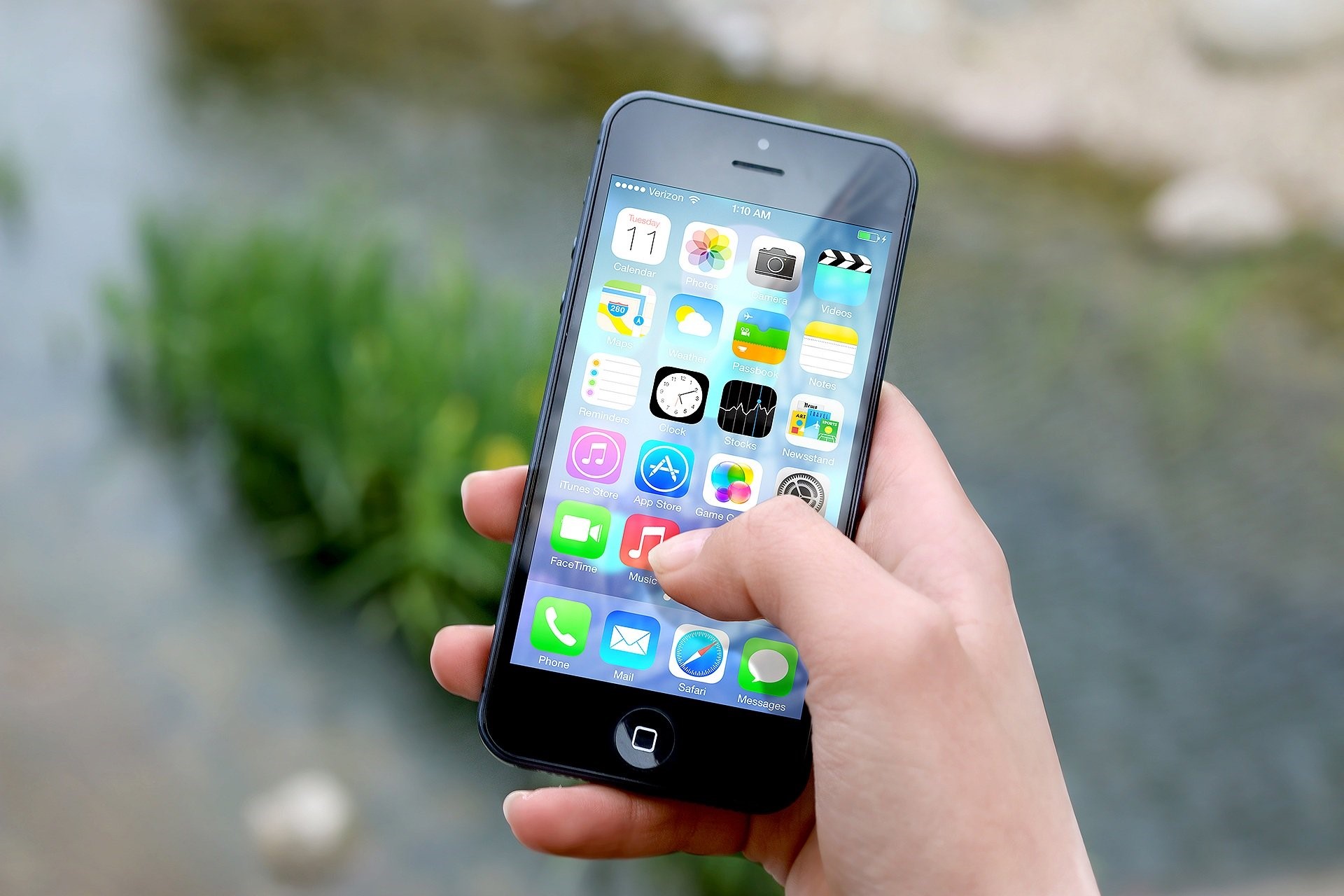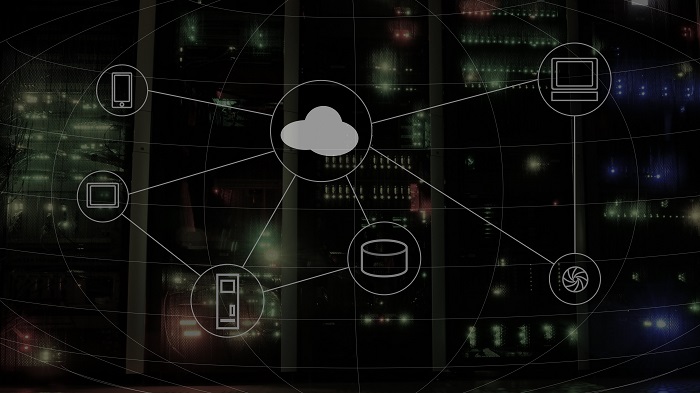While Apple’s OS is pretty secure, it is never enough to take all the security concerns of Apple users to trash. Since Apple generates and runs its own set of codes and not depend on third-party companies for OS, it reduces the vulnerability to get the bugs that are pretty common in common OS like Windows. But cracks always prevail and the possibilities of getting bugs through any one of these cannot be ignored, and should never be if someone is having some sensitive or personal data on the device. So, here we will discuss 5 ways to protect sensitive data on the iOS and the Mac devices.
- App Permissions

Whenever someone installs an app from the store, the first notification that pops up upon opening it is the permission box, where the user is asked to grant access to the app. Although we generally grant all the permission it wants from us but it should be noted that it can be a potential threat to the security system of our device. Hackers and data thieves use this technique to breach the security systems of the OS. They make apps that ask the users for unnecessary permissions and then steal the personal data from the phone to sell it to other companies. Just use your logic, what is the use of camera and gallery for a gaming app that it wants permission for? Nothing, but to steal the photos and videos from your phone, maybe to be used against you! So, the next time you are granting permissions to the app, just think at least once if it needs the permission for something it asks for. And for the installed app, go through the permissions granted and remove the access if you think that the app will run even without permission.
- Location Tracking
![]()
In the past, it has turned out to be a life threat also. It is an undeniable fact that location tracking is essential for many apps to function effectively. But the point is that we don’t use those apps all the time. So, why not turn off the location tracking by the phone when not in use? Some apps are used to access the location of the user despite having no relation to it’s working with the location of the device. So, to keep yourself on the safe side, simply turn off the location trekker. Another tip is to switch off your devices while crossing international borders to reduce the vulnerability of your data to be stolen while you are in the sensitive zone.
- Find my device
This is a great feature available now in most of the devices. But there is not much awareness about it amongst the people and hence, they are not able to extract its benefits. This function allows your device to be connected with some other device. Suppose, your device is lost and you can’t find it anywhere. The best thing you can do, if your device is connected to another one present with you, is just searching for it and it will automatically show the present location of your either stolen or lost device. And if you feel that it contains some explicit information that might go to wrong hands before you procure the phone, you can even delete them after you go through to confirm your identity, thus relieving you much of the mental stress that you would be taking in the process of retrieving your phone if the data were there.
- External Protection apps

This is like a shield within a shield. Protection apps and software include antivirus, malware, and adblocking. Although it is very much unlikely for an Apple device to fall to a malware attack, still it is not impossible. These shields in the form of the protection software provide all-round surveillance across the device to detect and destroy potential threats. Recent studies have shown that watching online ads also make the device prone to threats and are used by hackers to inject bugs into the device. There are certain apps and software that scrutinize the ads before being played and thereby blocking the entrance for software viruses.
- Cautious with the cloud

iCloud provides compartments in data banks for storing personal data and it has become a trend nowadays to upload the information from their Apple to the iCloud to save the storage space and lessen the load on the device. Now, let us assume that through any crack a bug has entered the system and has made a file corrupt. With no antivirus present in the device, it goes undetected and the user uploads the file to the iCloud where his or her data is also stored. And now, the hacker that has developed the bug has access to all his files and information with the help of the bug without even getting easily traced. So, even in case of the slightest doubt, it is safer to use a secondary storage device with no internet connection to store your personal data instead of using the cloud.


















